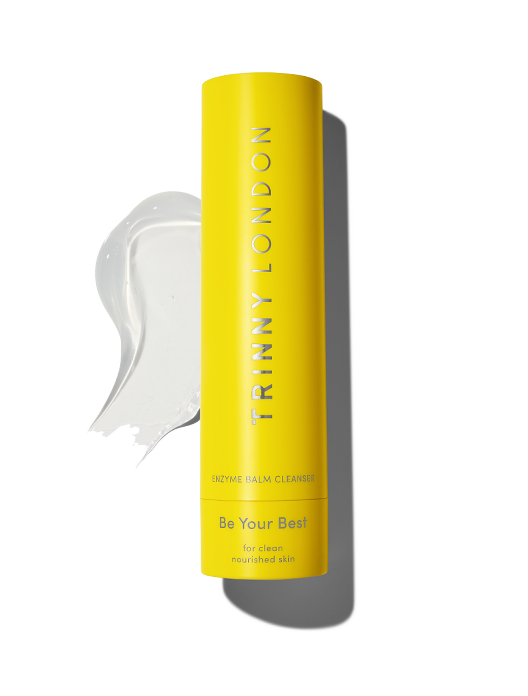
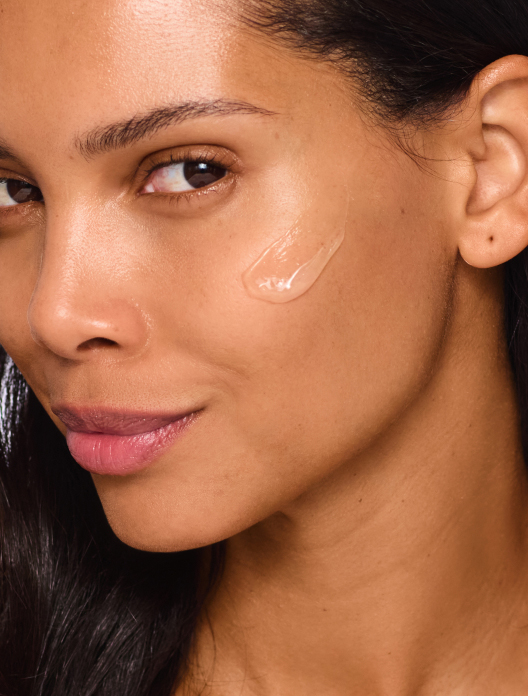
Be Your Best
Oil-based transforming cleanser for clean, nourished skin, suitable for all skin types

Let's start off by thinking about the function of our skin. It’s the largest organ in the body, and has a number of different jobs, such as regulating temperature, but is primarily there to act as a casing for all the important things inside.
The skin is complex, but to simplify things, it’s made up of three key layers: the epidermis, the dermis and the subcutaneous layer. The epidermis is the layer closest to the surface, and on the very top of this sits the stratum corneum.
Much like a nightclub bouncer, the role of the stratum corneum is to keep the good stuff, like moisture in, and the bad stuff, like irritants, out. If the skin barrier is performing at its best, it will look like a sturdy wall beneath a microscope, with the skin cells (or bricks) supported by a generous layer of mortar made from ceramides, cholesterol and fatty acids. Skin with such a structure appears fresh and healthy, with no irritation, sensitivity or inflammation.
Problems start when the skin barrier becomes damaged, or, what the experts call, compromised. Cracks quite literally begin to show, allowing moisture to escape, leading to dryness, and nasties to make their way in, triggering inflammation and irritation. The bouncer isn’t doing its job very well at this stage, and the party has started to descend into chaos.
Signs of a damaged skin barrier are:
Redness
Stinging
Skin that feels dry
Tightness
Flaking
These are all symptoms and signals of a damaged skin barrier, alerting you to the fact that your skin is not in a good place. There are a number of causes behind a less-than-happy skin barrier, which include, but are not limited to: UV exposure, extreme weather, pollution, and unsuitable skincare.
On the surface of the skin exists another commonly used and commonly misunderstood term, the microbiome. So what exactly is it? “The microbiome is millions and millions of viruses, yeast and bacteria which exist on our skin,” says dermatologist Dr Justine Hextall. A rather distressing prospect, we know, but all of these bacteria and viruses are on our side, existing to protect us. Think of it as your very own little army, similar to the ones that help with gut health. In order to keep your skin healthy, you need to keep the skin barrier strong, and the microbiome harmonious.
Complexion in a pickle? Luckily the skin barrier is pretty forgiving, and with the right treatment, can be repaired.
When our skin isn’t playing ball, most of us have the tendency to throw the kitchen sink at it. We double down on products and actives with the aim of restoring skin to its former glory. When in fact, what our skin needs is the exact opposite. Strip your routine back to a nourishing cleanser, a good moisturiser and SPF. As the barrier repairs itself, any sensitivity or dehydration should start to subside. Once you’ve got to this point, you can start to slowly reintroduce other elements of your routine, like retinoids or alpha-hydroxy acids.
When your skin is sensitive or dehydrated, there’s an understandable temptation to smother it in heavy, cosseting moisturisers in order to comfort it. However, this can overwhelm the skin, leading to further problems. Try instead to layer hydration, using a combination of serums and lightweight moisturisers. Think of it like wearing a series of lightweight layers to stay snug on a freezing cold day versus throwing on a gigantic, cumbersome fur coat.
The phrase “slow and steady wins the race” rings true in skincare, especially when it comes to more potent ingredients. “If you’re going to use actives like alpha-hydroxy acids or retinoids, which typically may affect a sensitive skin, the key is to start slowly,” explains Dr Hextall. “Start at a lower dose and remember to use a really gentle cleanser and good moisturiser on either side of it.”
Shop the article


Oil-based transforming cleanser for clean, nourished skin, suitable for all skin types
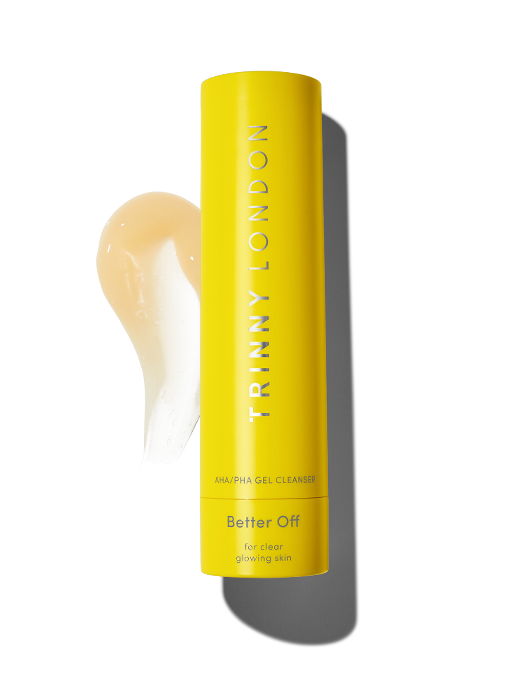
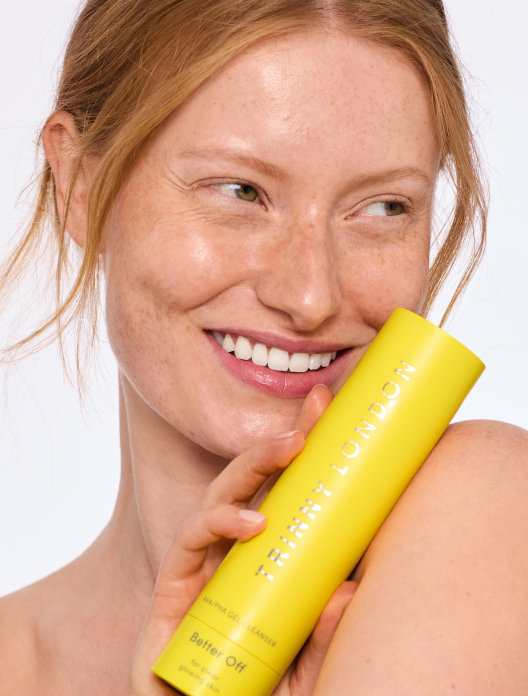
Exfoliating gel cleanser for clear, glowing skin, suitable for all skin types
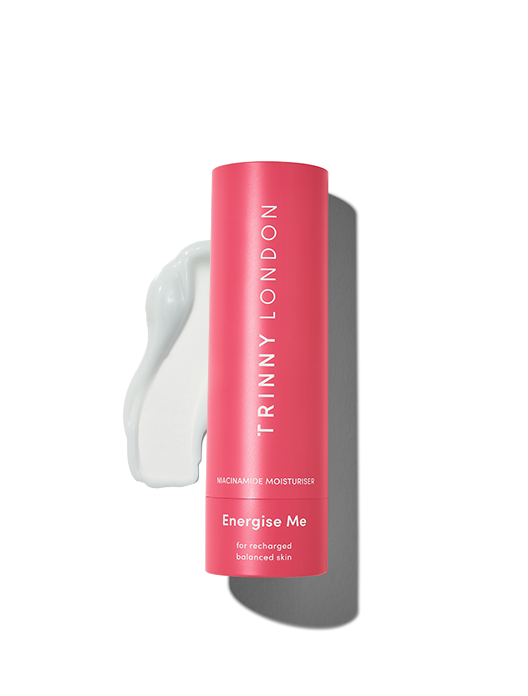
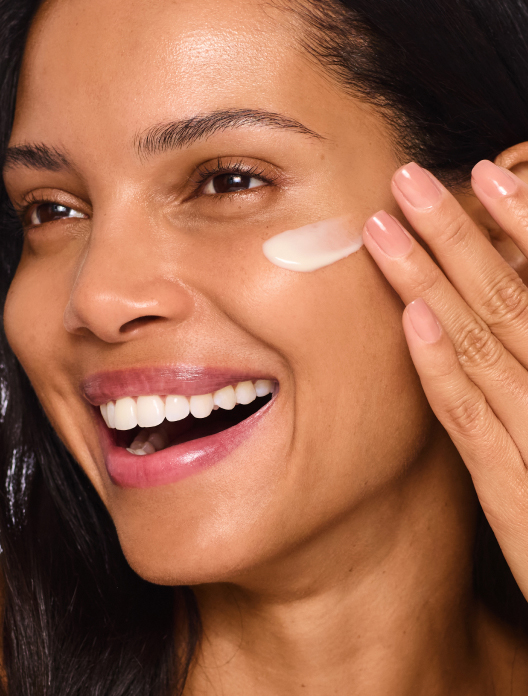
Niacinamide moisturiser for clear, energised skin, suitable for normal to oily skin
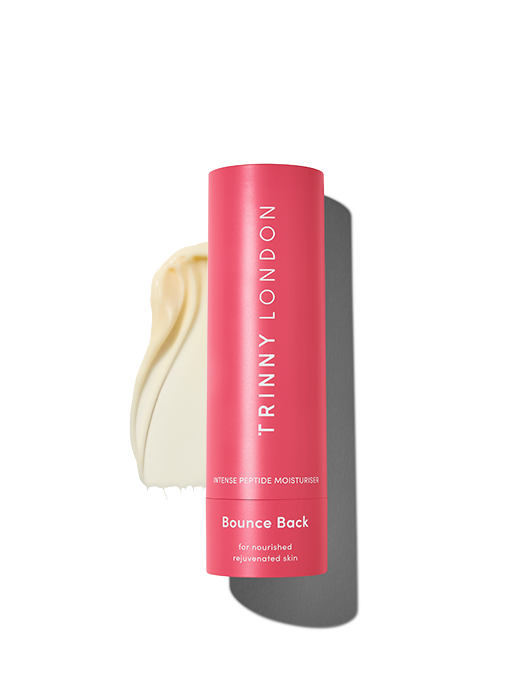

Intense peptide moisturiser for plump, bouncy skin, suitable for normal to dry skin
Read, watch and be inspired...